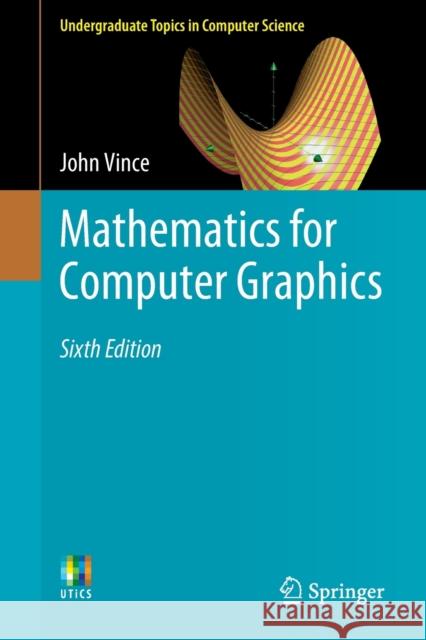Mathematics for Computer Graphics » książka
topmenu
Mathematics for Computer Graphics
ISBN-13: 9781447175193 / Angielski / Miękka / 2022 / 588 str.
Kategorie:
Kategorie BISAC:
Wydawca:
Springer London Ltd
Seria wydawnicza:
Język:
Angielski
ISBN-13:
9781447175193
Rok wydania:
2022
Ilość stron:
588
Wymiary:
23.5 x 15.5
Oprawa:
Miękka
Dodatkowe informacje:
Wydanie ilustrowane











